

Casablanca might not have Marrakech’s desert charm or Chefchaouen’s blue alleys, but it’s Morocco’s beating economic heart. It’s a modern, fast-paced coastal city where global companies meet French cafés, street markets, and the Atlantic breeze.
Living here feels a bit like balancing two worlds: the polished side of Morocco, with its shopping malls, business districts, and seafront restaurants, and the local rhythm of markets, bakeries, and friendly neighbourhood cafés.
So, how much does it actually cost to live comfortably in Casablanca? Here’s a breakdown of rent, utilities, food, transport, and more, with a closer look at what different neighbourhoods offer.
Casablanca has one of the most expensive housing markets in Morocco, but you’ll find a wide range of options, from modern apartments near the Corniche to older but charming flats downtown. Prices vary based on location, building age, and whether utilities are included.
Below are some of the most popular areas for expats and professionals, from luxury seaside spots to more budget-friendly residential zones.
Ain Diab is Casablanca’s seaside escape, home to beach clubs, ocean-view apartments, and a lively restaurant scene. It’s perfect if you want a more Westernised, coastal lifestyle (and don’t mind paying for it).

Maarif and neighbouring Gauthier are central, trendy, and popular among young professionals. You’ll find cafés, coworking spaces, and international restaurants everywhere. Apartments are usually modern and well-located, though parking can be tricky.

CFC is one of the city’s newest and most upscale neighbourhoods, designed as both a business and lifestyle hub. It’s become a hotspot for expats, executives, and returning Moroccans thanks to its sleek apartment buildings, green spaces, and proximity to major companies. Think of it as Casablanca’s modern “Cartier”, being elegant, secure, and well-connected.
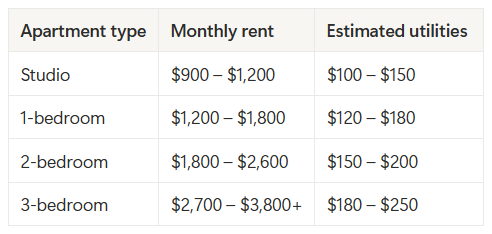
Close to both the city centre and the sea, Racine and Bourgogne are elegant and convenient. Racine is more upscale, with boutiques and French-style cafés, while Bourgogne is more relaxed but still well-connected.
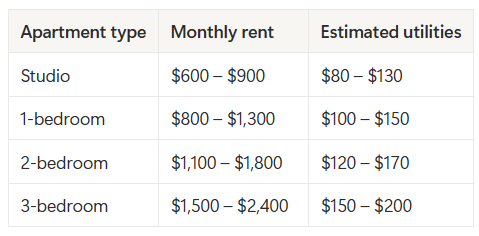
These are Casablanca’s high-end residential neighbourhoods. They’re quiet, green, and ideal for families or anyone looking for space and privacy. Expect modern villas and gated communities rather than apartments.

Casablanca’s downtown is bustling, walkable, and full of older art deco buildings. Apartments here are more affordable, but often smaller or less modern. Great if you enjoy city energy and proximity to the tram.
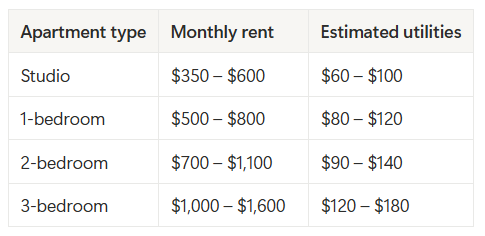
Further from the city centre, these residential areas are quieter and more affordable. Many families and professionals who work in business parks or tech zones live here.
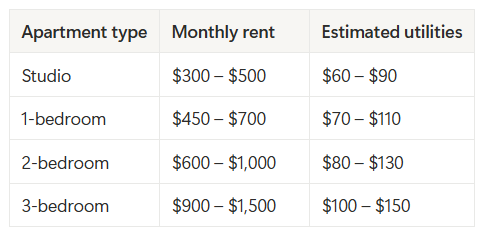
Why prices vary:
Casablanca’s rent depends on your location, building type, and whether the apartment is furnished. Sea views, new constructions, and areas near tram lines or international schools tend to cost significantly more.
Casablanca is Morocco’s busiest city, so getting around is part of everyday life. Between the tram lines, taxis, and ride-hailing apps, moving through the city is relatively easy, though traffic during rush hour can test anyone’s patience.
Expats and locals usually mix different transport modes depending on distance, time of day, and comfort.
Taxis (Petit & Grand)
Like in other Moroccan cities, Casablanca has two main types of taxis. Petit Taxis (usually red) handle trips within city limits, while Grand Taxis are larger vehicles that serve longer routes or nearby towns like Mohammedia or Rabat.
Ride-hailing apps (Heetch, Yango)
Casablanca is one of the best cities in Morocco for ride-hailing apps. Services like Heetch and Yango are popular among expats who prefer cashless payments and predictable fares.
Tramway
Casablanca’s modern tram network is one of the most efficient public transport systems in Africa. It connects key neighbourhoods like Sidi Maarouf, Ain Diab, and the city centre, with two main lines covering over 40 km.
Buses
Public buses cover the entire city, offering the cheapest rides. They’re modernising quickly, with newer fleets and air conditioning, but routes can still be slow and inconsistent in timing.
Driving and car rentals
Driving in Casablanca gives you flexibility, but you’ll need patience for traffic and parking. Roads are well-maintained, but driving habits can feel chaotic for newcomers.
Motorbikes and scooters
Scooters are becoming more common, especially among younger locals and delivery drivers. Expats sometimes rent one for short commutes.
Casablanca isn’t as walkable as smaller Moroccan cities, but areas like Maarif, Racine, and Gauthier have wide pavements and safe crossings. The Corniche (Ain Diab) is perfect for walking or cycling by the sea.

In Casablanca, you’ll find everything from traditional Moroccan eateries tucked between office buildings to sushi bars, French brasseries, and seaside restaurants along the Corniche. For expats, the city offers both affordable local flavours and an expanding international food scene.
Restaurants
Dining out in Casablanca can be a daily indulgence or a weekend treat, depending on your budget. The city’s restaurant scene mirrors its cosmopolitan vibe, with casual snack bars and cafés dominating central neighbourhoods, while fancy lounges and fine-dining spots cluster around Ain Diab, Gauthier, and Racine.
Casablanca also has a buzzing café culture. From stylish French-style cafés on Boulevard d’Anfa to beachside spots in Ain Diab, a coffee and pastry combo costs around 25–50 MAD ($2.50–$5).
Supermarkets and markets
As Morocco’s largest city, Casablanca has the widest variety of supermarkets, from global chains to traditional souks. Prices vary depending on whether you shop local or imported.

People living in Gauthier, Racine, and Anfa tend to split shopping between Carrefour (for international goods) and neighbourhood markets for produce. Those in less central areas like Hay Hassani or Sidi Maarouf often rely more on Aswak Assalam or local shops.
Casablanca, as Morocco’s economic capital, has a slightly higher cost of living than other cities, and utilities are no exception. Still, the prices are reasonable compared to major global cities, and expats find them manageable once they settle in.
Electricity
Electricity use varies depending on the season. Coastal breezes keep Casablanca cooler than inland cities like Marrakech, so you’ll spend less on air conditioning, though heating might be needed during the damp winter months.
Water
Water costs are moderate. Casablanca’s water supply is managed by Lydec, and most apartments have reliable access. Some landlords include water in the rent, especially for furnished flats.
Gas
Most homes use bottled gas for cooking and hot water, just like in other Moroccan cities. Delivery is quick and easy to arrange through local vendors.
Internet
Casablanca has Morocco’s best internet infrastructure, with fast fibre-optic connections widely available in neighbourhoods like Maarif, Racine, and Gauthier.
Mobile/cell phone
Mobile data plans are affordable and efficient, ideal for both short-term and long-term stays.

As Morocco’s largest and most cosmopolitan city, Casablanca offers some of the country’s best healthcare facilities. Expats will find both public and private options, with the private system being the preferred choice for quality care, shorter wait times, and multilingual staff.
Public healthcare
Public hospitals in Casablanca are suitable for basic care and emergencies but not ideal for specialised or ongoing treatments.
Private healthcare and insurance
Casablanca’s private healthcare sector is modern, reliable, and significantly more affordable than in Europe or North America. The city is home to several excellent hospitals and clinics, such as Clinique Littorale, Clinique Jerrada, and Clinique Yasmine, which cater to both locals and foreigners.
Private hospitals usually offer bilingual (French-English) services and well-equipped facilities. For peace of mind, most expats opt for private health insurance that covers both outpatient and inpatient care.

Many expats pay cash for smaller visits since local consultation fees are quite affordable. Pharmacies are abundant throughout Casablanca, especially in central districts like Maarif and Gauthier, and most medications are available without a prescription.
Casablanca is more expensive than most Moroccan cities, but still far cheaper than major Western capitals. Your living costs will depend largely on your neighbourhood and lifestyle choices.

You can live comfortably in Casablanca on around $1,800–2,000 per month, though costs rise significantly if you prefer a central neighbourhood or dine out often.
Casablanca blends Morocco’s coastal charm with a fast-paced urban rhythm — where business meets culture and the Atlantic breeze meets city lights.
With Grey, you can receive international payments in USD, GBP, or EUR, exchange when the rates are best, and withdraw MAD directly to a Moroccan bank account. Seamless, transparent, and made for people who live globally but spend locally.
Open your Grey account today and focus on growing your life in Casablanca and not worrying about cross-border transfers.

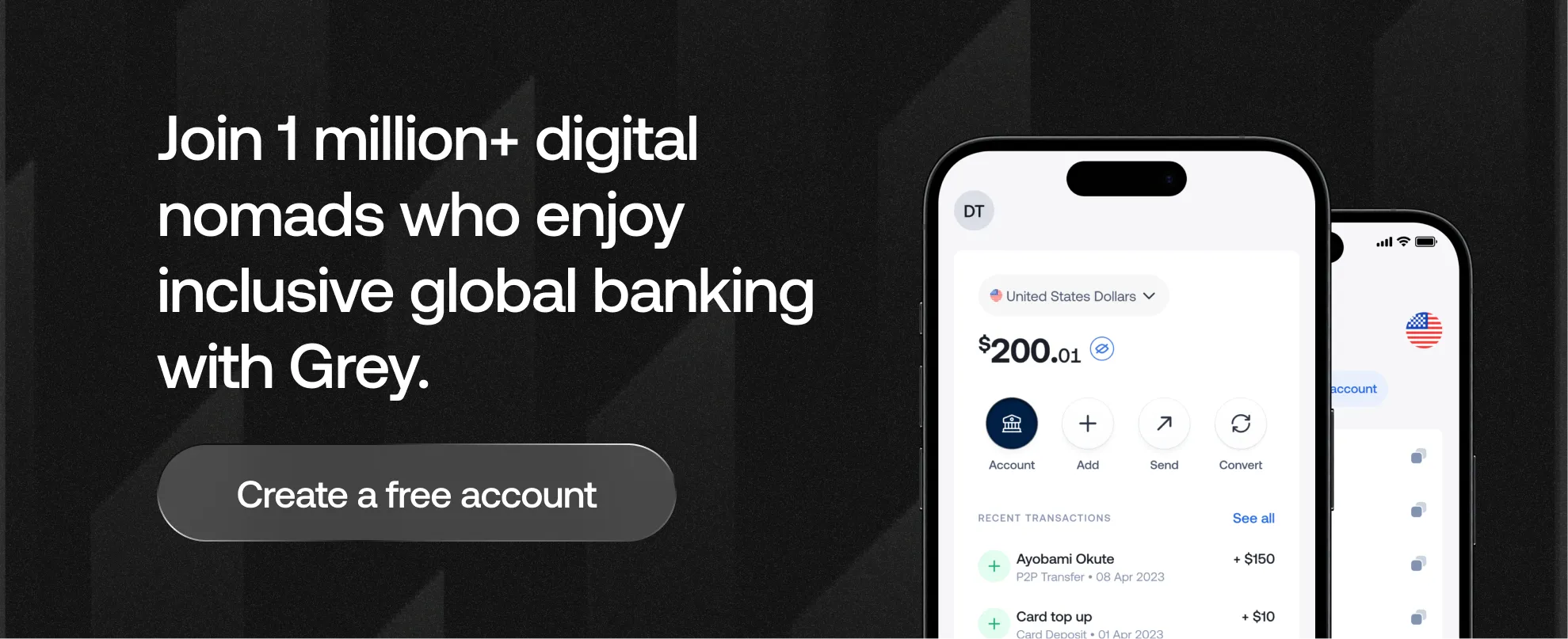


.svg)
Back to top